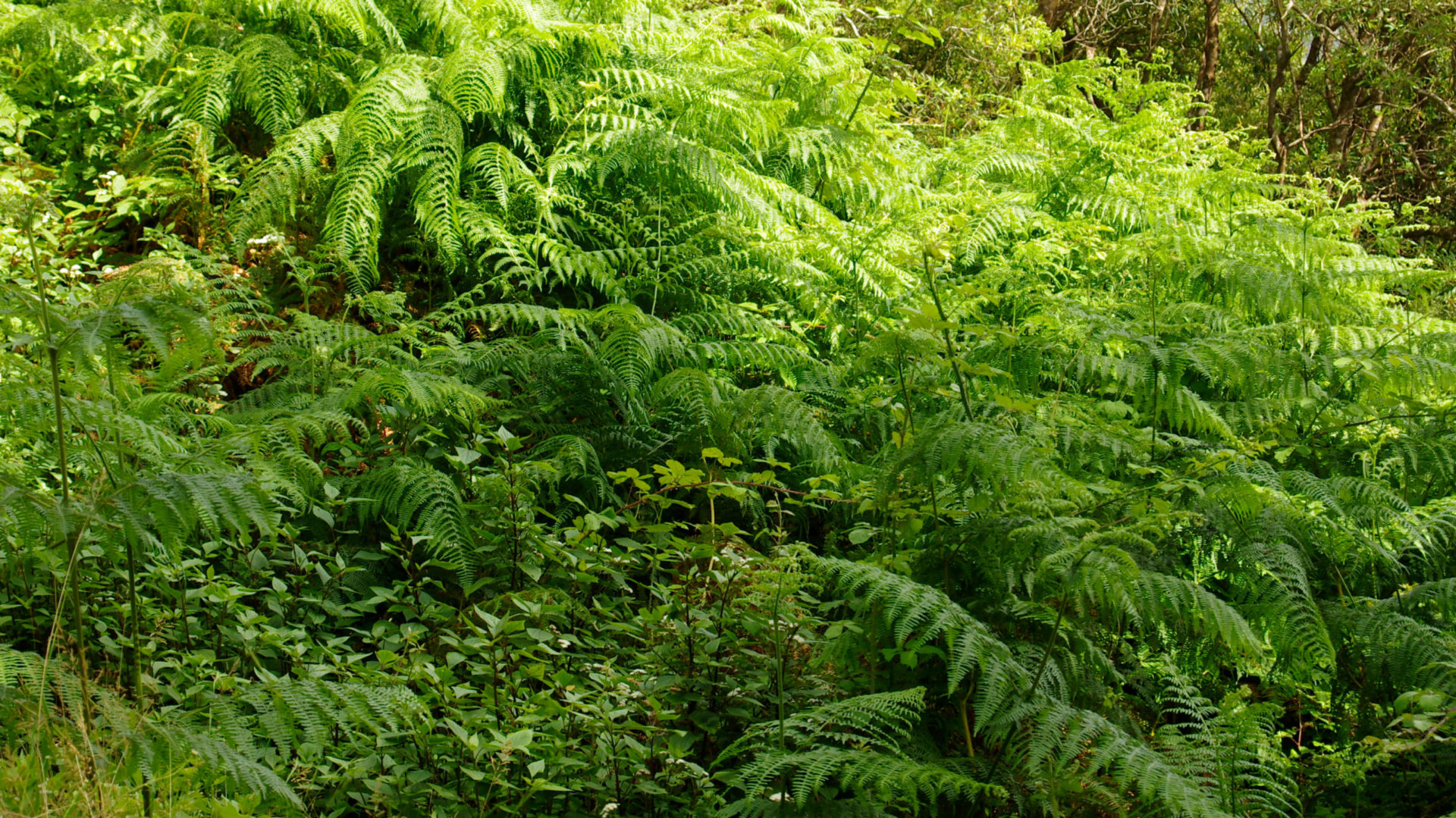Mantoni C, Tsafack N, Palusci, E, Di Pietro S & Fattorini S.
Diversity patterns of Dung beetles along a Mediterranean elevational gradient. Insects, 12, 781, 2021.
https://doi.org/10.3390/insects12090781
Abstract
Most studies of biodiversity–elevational patterns do not take species abundance into consideration. Hill numbers are a unified family of indices that use species abundance and allow a complete characterization of species assemblages through diversity profiles. Studies on dung beetle responses to elevation were essentially based on species richness and produced inconsistent results because of the non-distinction between different habitats and the use of gradients dispersed over wide areas. We analyzed dung beetle diversity in a Mediterranean mountain (central Italy) for different habitats (woodlands vs. grasslands) and taxonomic groups (scarabaeids and aphodiids). Scarabaeids were the most abundant. Since scarabaeids are able to construct subterranean nests, this indicates that the warm and dry summer climatic conditions of high elevations favor species capable of protecting their larvae from desiccation. Dung beetles were more abundant and diversified in grasslands than in woodlands, which is consistent with their preference for open habitats. In the woodlands, diversity increased with increasing elevation because of increasing tree thinning, whereas, in the grasslands, diversity decreased with elevation because of increasingly harsher environmental conditions. These results indicate a trade-off in the beetle response to elevation between the positive effects of increasing the availability of more suitable habitats and the decrease of optimal environmental conditions.
Keywords: Coleoptera; hill numbers; Scarabaeoidea; Geotrupidae; Scarabaeidae; Aphodiinae; altitude; Apennines; coprophagous beetles; biodiversity
